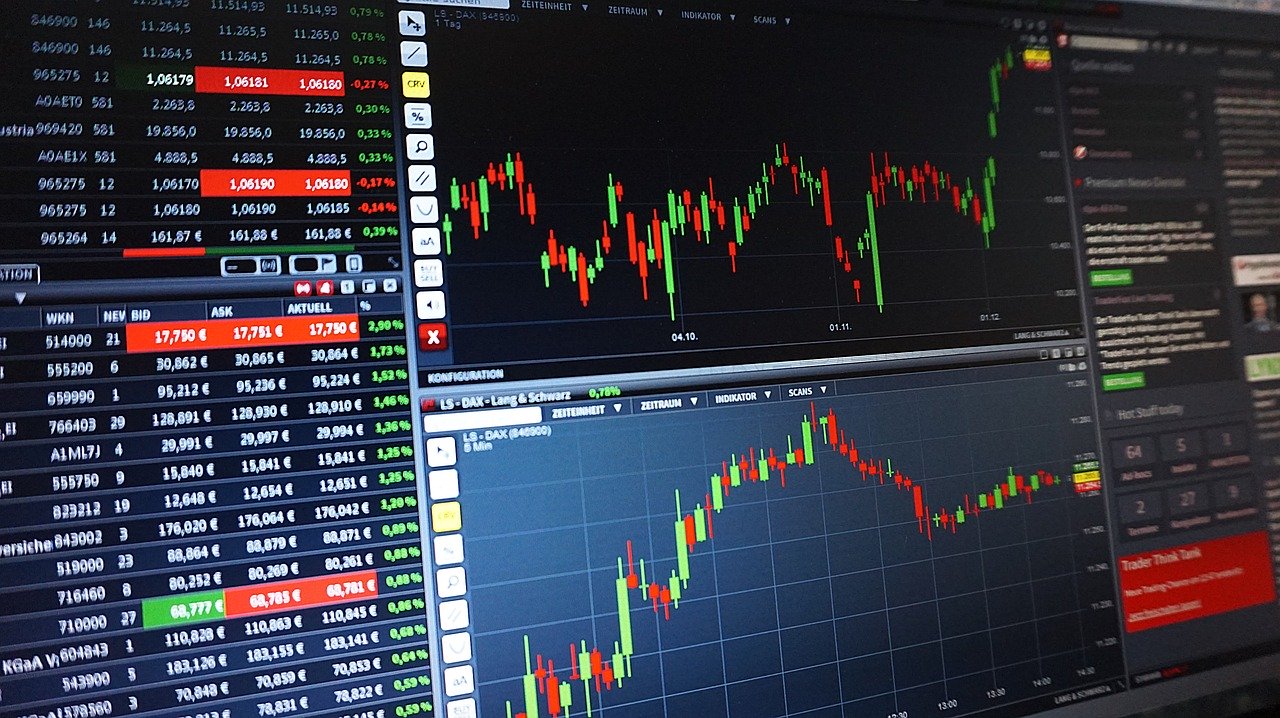Main types of online trading techniques

A proper market analysis eventually leads to better decisions and a higher probability to generate returns. Financial markets technicals are mixed, fundamentals are weak in the face of a new COVID-19 wave, and investors continue to treat with a cautious sentiment the entire situation. Given these challenging conditions seen across currency markets, stocks, and commodities, it would be important for beginners to have a brief guide into the main types of online trading techniques.
Technical analysis
One of the most common techniques used to analyze markets is technical analysis. It is popular among CFD traders or people getting involved across a large spectrum of assets, wanting to take advantage of short-term price movements. To conduct technical analysis, traders will first need to download MT4 or other trading platforms made available by brokerage houses.
Using the platform, they can use a broad range of tools such as moving averages, oscillators, pivot points, drawing instruments, or different chart types. The ultimate goal is to understand the underlying order flow and to spot areas of support or resistance, where highly accurate trade locations are found.
Fundamental analysis
Another important way to understand market conditions is represented by fundamental analysis. In this case, traders are not focusing on price or price-related indicators, but on economic factors and monetary policy. Gross Domestic Product (GDP), industrial production, inflation, and other similar indicators are commonly watched by market participants because these help them understand better how the economy is evolving.
Let’s illustrate with an example: Alibaba Group Holding Ltd or similar other companies that had their ipo in 2014 may present a compelling investment opportunity when subjected to fundamental analysis. This is probably because they have had the time and resources to focus on the expansion and diversification of their operations, thereby solidifying their market position and adapting to changing economic conditions.
At the same time, an important emphasis is not being given to the job market. The latest US job figures had an impressive effect on risk sentiment, pushing stock markets to new records as the improvements continue in the USA, on the back of economic reopening and good vaccination figures.
Sentiment analysis
Understanding the market sentiment is part of the context analysis that must be done before placing any trades. This is a gauge of how market participants are investing their funds and can be done by documenting several important factors, some of them highlighted in the next paragraph.
What types of assets are performing well (stocks, bonds, etc.), what currencies are dominating (rising USD or JPY means risk-off environment, rising EUR or GBP means risk-on), and what are the levels of volatility in the market (the VIX or Volatility Index is still the most popular). By overseeing all these indicators on a constant basis (intr-day, daily, weekly, or monthly), traders are able to keep track of the overall sentiment and decide what are the most suitable assets to invest in.
Which one is better?
Traders are probably asking which type of technique is better and the answer is: none. All come in hand with strengths and weaknesses, which is why most professional traders view technical, fundamental, and sentiment analysis as the three main pillars for understanding markets. Using all three in tandem can provide a more accurate view and ultimately help traders filter out the noise in the market.







